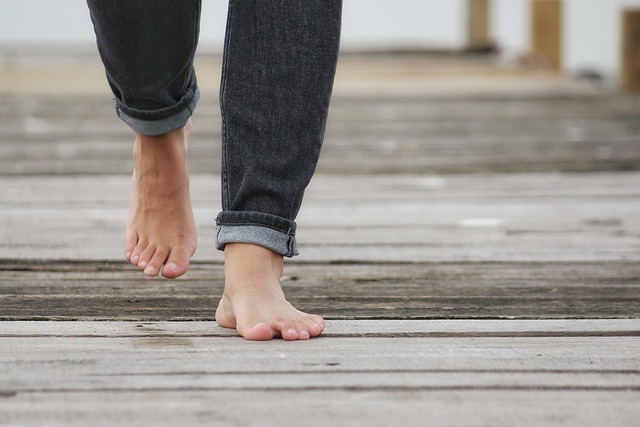Physical activity and motor skills are closely connected. Whether you’re watching a toddler take their first steps or a senior working on balance, movement is fundamental to physical development. In this post, we’ll explore how staying active supports motor skills at every stage of life, why it matters, and how to improve them with practical exercises.
What Are Motor Skills?
Motor skills are movements and actions of the muscles. They are generally categorized into two types
-
Gross motor skills Involve large muscle groups used for walking, jumping, running, and balance.
-
Fine motor skills Involve smaller muscles used for tasks like writing, buttoning clothes, or picking up small objects.
Both types are essential for daily functioning, independence, and quality of life.
The Link Between Physical Activity and Motor Skills
Regular physical activity helps enhance both gross and fine motor skills by
-
Strengthening muscles and joints
-
Improving coordination and control
-
Enhancing balance and flexibility
-
Boosting brain function and neuromuscular connections
When children, adults, or seniors engage in movement consistently, they build the foundation for better motor function and long-term physical health.
Motor Skill Development in Children
In early childhood, physical activity is critical for the development of motor skills. Activities like crawling, climbing, hopping, and throwing stimulate brain development and help build essential coordination.
Recommended Activities for Children
-
Jumping rope
-
Playing catch
-
Obstacle courses
-
Dancing or music-based movement games
-
Outdoor play in natural environments
Maintaining and Enhancing Motor Skills in Adults
As we age, maintaining motor skills becomes just as important as developing them. Adults benefit from exercises that challenge coordination, balance, and agility.
Recommended Activities for Adults
-
Strength training
-
Pilates or yoga
-
Recreational sports (e.g., tennis, soccer)
-
Functional fitness training (e.g., squats, lunges)
-
Brisk walking or cycling with changes in terrain
Motor Skills and Aging Staying Active in Later Life
Older adults often experience a natural decline in motor skills due to aging, but physical activity can slow or even reverse some of these effects. Staying active helps reduce the risk of falls, maintains independence, and enhances cognitive function.
Recommended Activities for Seniors
-
Tai Chi for balance and flexibility
-
Chair yoga or gentle stretching
-
Water aerobics
-
Light resistance training
-
Simple balance drills like standing on one leg
Tips to Improve Motor Skills Through Physical Activity
-
Start with consistency – Aim for at least 30 minutes of movement most days of the week.
-
Incorporate variety – Mix strength, balance, coordination, and flexibility exercises.
-
Make it fun – Choose activities you enjoy to stay motivated.
-
Track your progress – Monitor balance, strength, and coordination over time.
-
Be mindful of form – Good technique helps reinforce proper movement patterns.
Physical activity and motor skills go hand in hand. Whether you’re helping a child develop coordination or aiming to stay agile as you age, movement is key. By making physical activity a consistent part of your routine, you support not only your motor function but also your overall health, independence, and quality of life.


